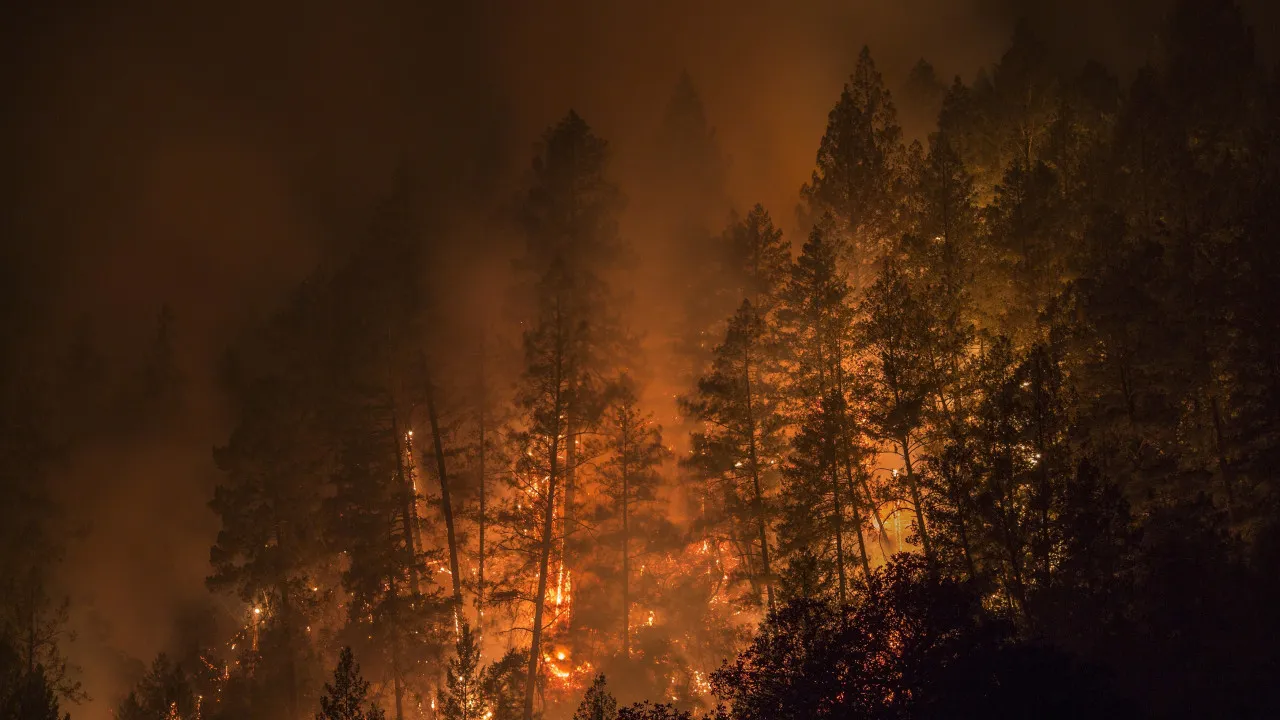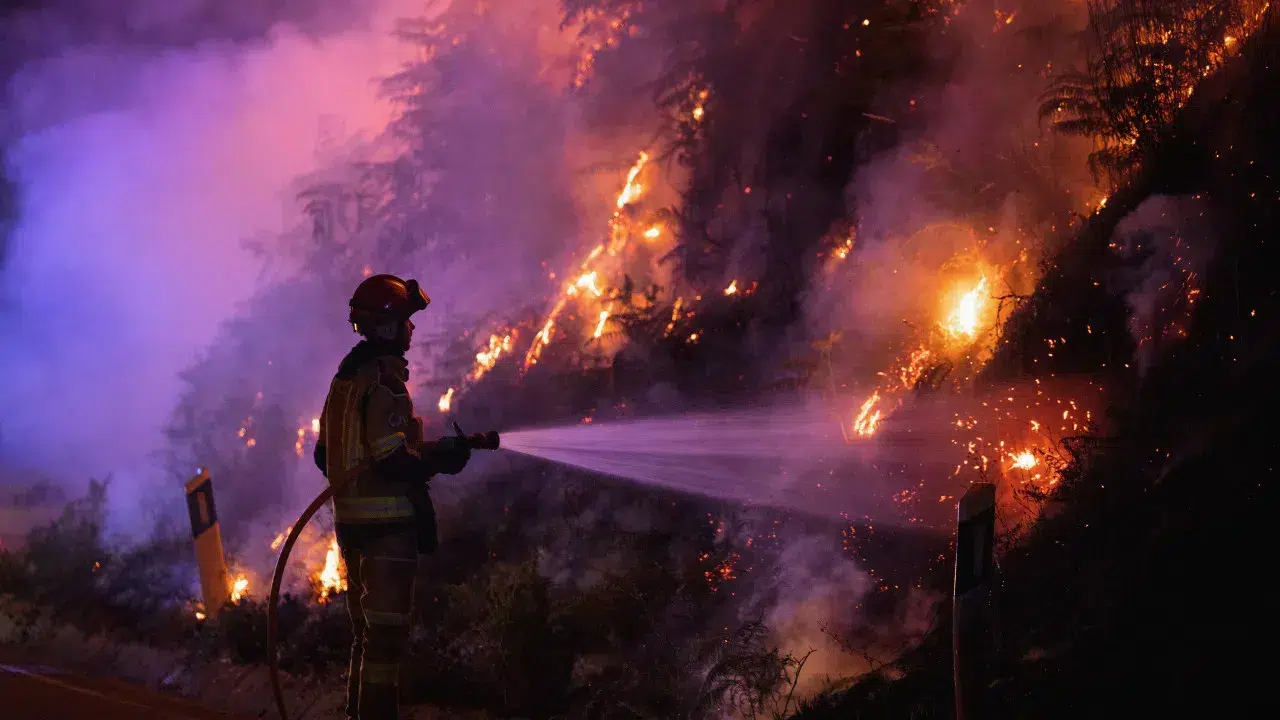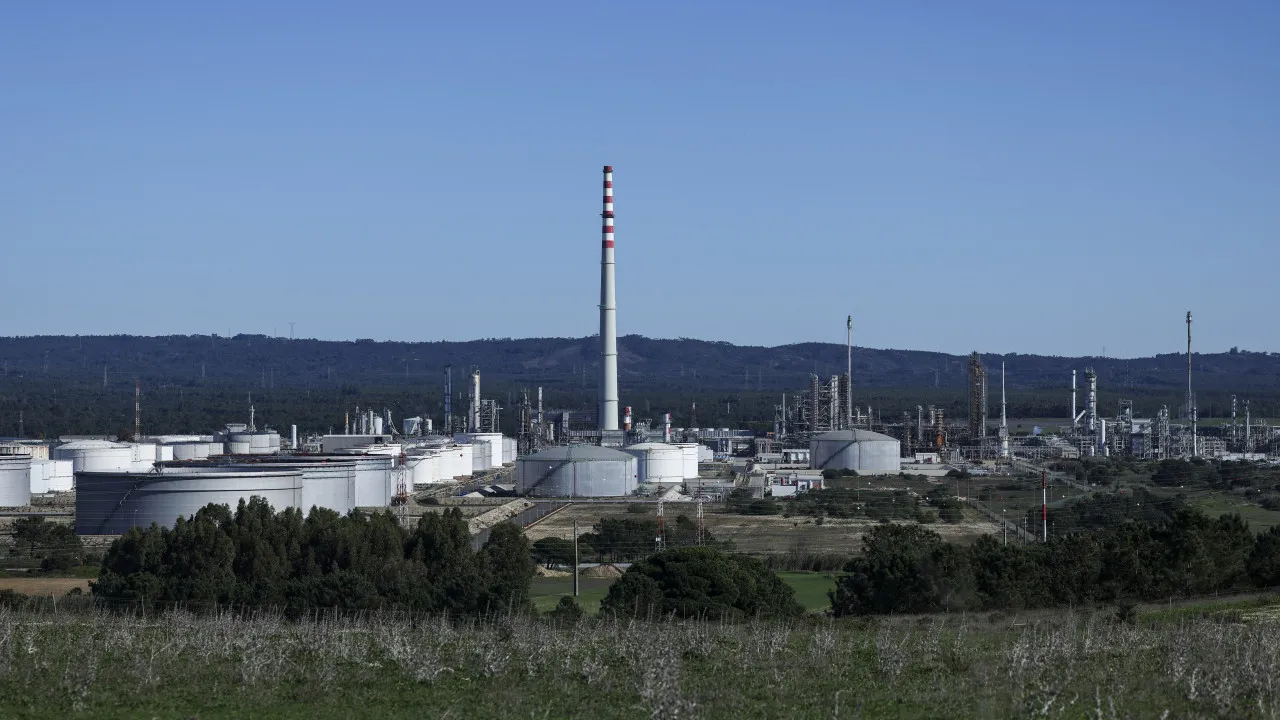
“The priority of protecting villages was once again successfully overcome, enabling us to contain the head of the fire heading towards Samardã,” stated Miguel Fonseca to Lusa, during an update tonight. He noted that currently, there is a two-kilometer front burning with low intensity and multiple scattered hot spots.
The fire in the Alvão mountain range, which began on August 2 in Sirarelhos in the municipality of Vila Real, flared up again twice after initially being brought under control and has affected 27 villages.
Throughout the day, the fire impacted Testeira, Cravelas de Baixo, Outeiro, and Paredes, where precautionary confinements were carried out with the assistance of the GNR.
“We are regrouping, successfully deploying new resources, and awaiting the arrival of three additional firefighting teams provided by the ANEPC,” Fonseca explained. “These fresh teams will continue the efforts at night to close the front that still concerns us.”
The fire, he explained, is burning in “mid-mountain regions, on the slope above Benagouro and Samardã, where four bulldozers are currently operating.”
He added that “this will be another night of hard work. We will continue all efforts to permanently close this front, which has persisted for these days,” he reiterated.
Fonseca mentioned that, if necessary, aerial support will be deployed Wednesday morning to aid in consolidation efforts, which he acknowledged “will also be lengthy.”
With the expected reinforcement of personnel, some who have been on-site for several days will be rotated out or allowed rest at logistical support bases.
The operation includes firefighters, personnel from the Institute for Nature Conservation and Forests (ICNF), as well as members of the GNR and Army.
The Army personnel have been patrolling post-fire zones and detecting reactivations, the commander highlighted.
“There have been many flare-ups over these days, prompting us to adjust initial strategies and reposition resources,” he noted, explaining that, in various situations, the focus shifted from combating the main fronts to defending homes.
Complications in fighting the fire also stem from “constant meteorological changes,” specifically wind direction and intensity, along with the intense heat.
“This is typically a high-mountain fire, presenting its own challenges,” he said, stressing the “physical, emotional, and psychological fatigue” faced by the firefighters.
As per the ANEPC’s website, by 11:00 p.m., 496 personnel and 163 vehicles were deployed to combat the fire.
According to Miguel Fonseca, there were around 12 new ignitions today in the Vila Real area.




